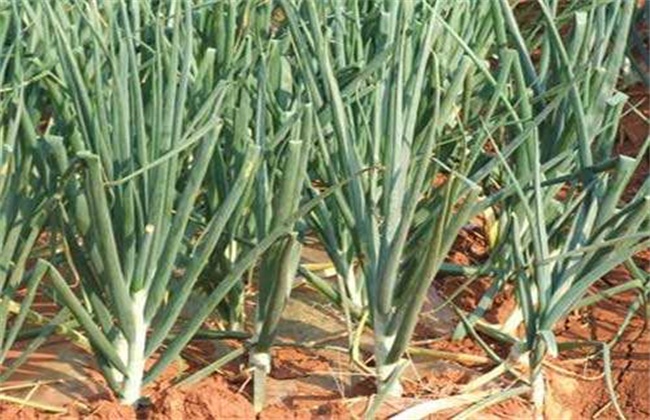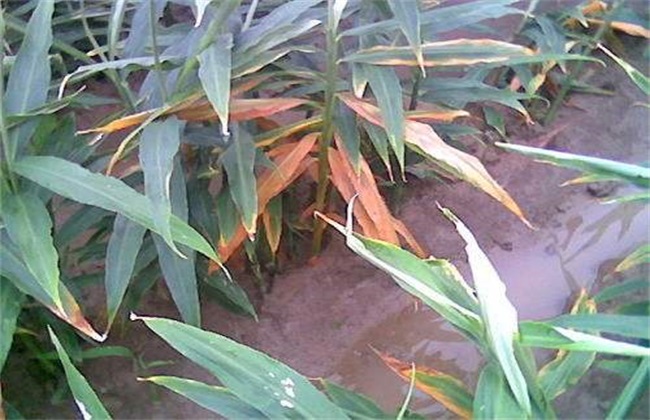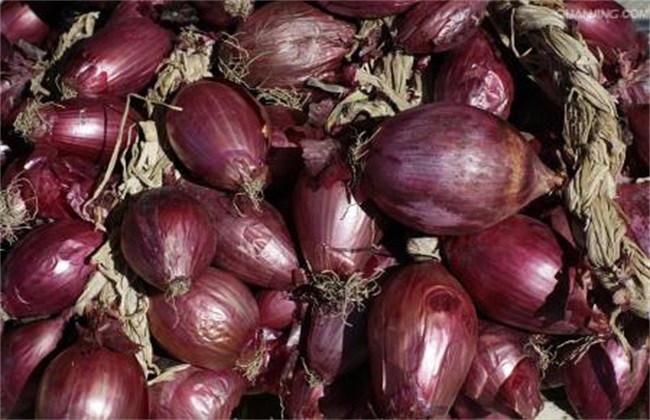High-yield cultivation techniques of Onion
Onion is widely distributed in China, it is planted in the south and north, and the planting area is increasing year by year. It is one of the main vegetables at present, and it is a kind of health vegetable which is deeply loved by people. So how can onions achieve high yield? Come and have a look with the editor.

1. Cultivate strong seedlings
It is appropriate to sow and raise seedlings from September to October, low in order to choose sandy loam or new land with loose and fertile, convenient drainage and irrigation, unplanted onion and garlic, fine soil preparation before sowing, adequate base fertilizer, sowing in warm water for 24 hours before sowing, soaking in warm water before sowing, mixing soil after drying and sowing evenly, generally sowing 70-75 grams per mu, covered with fine soil after sowing, and then covered with weeds to prevent Rain Water erosion and strong sunlight. After covering the grass, apply dilute dung water once, and remove the weeds after emergence so as not to affect the emergence of seedlings.
2. Colonization
Continuous cropping of onions is avoided, so the previous crops should be selected as eggplant fruits, melons and beans and late rice, and it is better to use fertile and loose sandy loam or newly reclaimed land. The soil was disinfected with 25 kilograms of lime per mu, and 1500-2000 kilograms of rotten farm manure was applied as base fertilizer. Planting is usually from mid-November to early December, so that the seedlings grow rapidly before frost and are not harmed by frost. Planting specifications are generally plant spacing of 10-12 cm, row spacing of 14-16 cm, planting 2-3 cm, planting 8000 plants per mu, and watering enough root water after planting to facilitate survival.
3. Fertilizer and water management
Generally, after a week of planting, thin human and animal manure water is applied, followed by burning soil or high-quality soil fertilizer every 7-8 days to promote rooting and enhance cold resistance. When the growth of onion is slow in winter, fertilization can be suspended at this time. When the temperature rises in spring and the underground bulb enters the expansion period, fertilizer should be re-applied 1-2 times, 10-12 kg urea and 5-6 kg potassium sulfate per mu. In late March, the bulb expanded rapidly, 1250 kg of rotten human feces and urine were applied per mu, and fertilizer was stopped 25 days before harvest. Onion rot likes to be wet and avoid stains, and the temperature is low in the seedling stage, so water is needed to keep the soil moist. After the temperature rises, onion growth accelerates, bulb growth needs a lot of water, so water should be watered and ditched and drained in time in the rainy season to prevent stagnant water in the field.
4. Pest control
The common diseases of onion are soft rot and stem rot, which should be based on the principle of prevention and treatment. Farm manure must be completely mature to prevent bacteria and insect eggs from entering the conditions. Nitrogen fertilizer should be controlled during the growing period to avoid excessive growth of plants. Pay attention to the reasonable collocation of nitrogen, phosphorus and potassium. Pay attention to timely drainage in the bulb formation period to avoid long-term stagnant water, which has a great impact on the yield. When the disease occurs, agricultural streptomycin and Fuxing EC can be sprayed alternately, and the effect is better.
The above is the introduction of high-yield cultivation techniques of onion. I hope it can help you. If you want to know more about it, please follow us.
Related
- Where is it suitable to grow horseradish in China? it is expected to see the middle altitude horseradish in Alishan.
- How to prevent tomato virus disease reasonably? (Control methods included)
- Many people like to plant towel gourd on the balcony. What are the main points of this method and management?
- What crops can chili peppers be mixed with?
- Fertilization techniques and matters needing attention in Tomato
- What are the grafting techniques for peach seedlings in spring?
- Harm and control methods of root swelling disease of Chinese cabbage
- What are the pests of sweet potatoes? How to prevent and cure it?
- Symptoms, causes and Control methods of navel Rot in Tomato
- The cause of "Cucumber rotten bibcock" in Farmers' planting Cucumber and its Control Plan



